Introducing WireFor our first experience with wire, the table was set up with spools of wire, short lengths of wire, medium lengths of wire, and a box with samplings of different gauges. There were three metal types represented (copper, aluminum, and brass) and 7 different gauges. For this first experience, we did not provide wire tools (one pair of wire cutters were nearby in case we needed additional pieces). We invited the children to explore with their hands and to see how they can change and manipulate the wire. Similar to clay, we wanted the children to explore the material (and its properties) before we add the increased complexity of tools. The Children's ApproachThe children were cautious, but curious, as they approached the table, and each started their exploration in a different way. Pierce immediately picked up the aluminum wire spool, while Zoe and Lou Lou approached the box of different gauges. The box displays a variety of wire all cut in short lengths, but sorted by their gauge.
Wrapping the animalsGeorgia sought out something to wrap the wire around, and the animals were her favorite item. She carefully wrapped the wire around each stuffy, ensuring that she didn't poke them with the wire because "it's pointy." "It looks like he (the rat) is dressed up." - George, 3.1 years "He is." - Georgia, 2.11 years "I need the wire cutters." - Pierce, 3.1 yearsSoundHenri and George approached the wire with a lot of energy and interest in the spools of wire. Then, George discovered all of the tiny pieces of aluminum wire. He dumped them on the table, and they began experimenting with the sound of the wire pieces. They compared it to bells and jingle bells! Henri also compared the sound of the tree cookie to the sound of the wire and noted that they were very different because the wood is heavy and the wire (pieces) is not. We will revisit wire this week, and the children who attend on MTThF will have their first wire experience. Documentation- Valuing their workDocumentation, in any form, is a tool for reflection, revisiting, and is also used to push the work forward. Documentation makes the children's learning visible to them, us, and all of you. Among many other things, it demonstrates the amount of value that we place on the children's work and dialogue. The blog is just one form of documentation that we use. One of our goals for the year was to make the blog more visible to the children -- they see what we are sharing with all of you; they can view their own work and the work of their friends in Brown Room; and we can share it together to reflect, revisit, and move forward. The blogs are hanging near our visual projections/written projections/calendar. We hope that you are also able to share the blog with your child and have beautiful conversations about their work at school. We will also share additional thoughts about documentation, and invite you to dialogue with us about it, at Classroom Stories Night next week (10/20). In the meantime, we would like to share this moment in the classroom where Cully finds the blog about Toad.
This moment with Cully really emphasized our value in making learning visible, being transparent with the children about what we share and how, and supporting the connections that they are making by providing a rich environment full of possibilities.
0 Comments
Leave a Reply. |
AuthorWrite something about yourself. No need to be fancy, just an overview. Archives
May 2024
Categories |
Proudly powered by Weebly
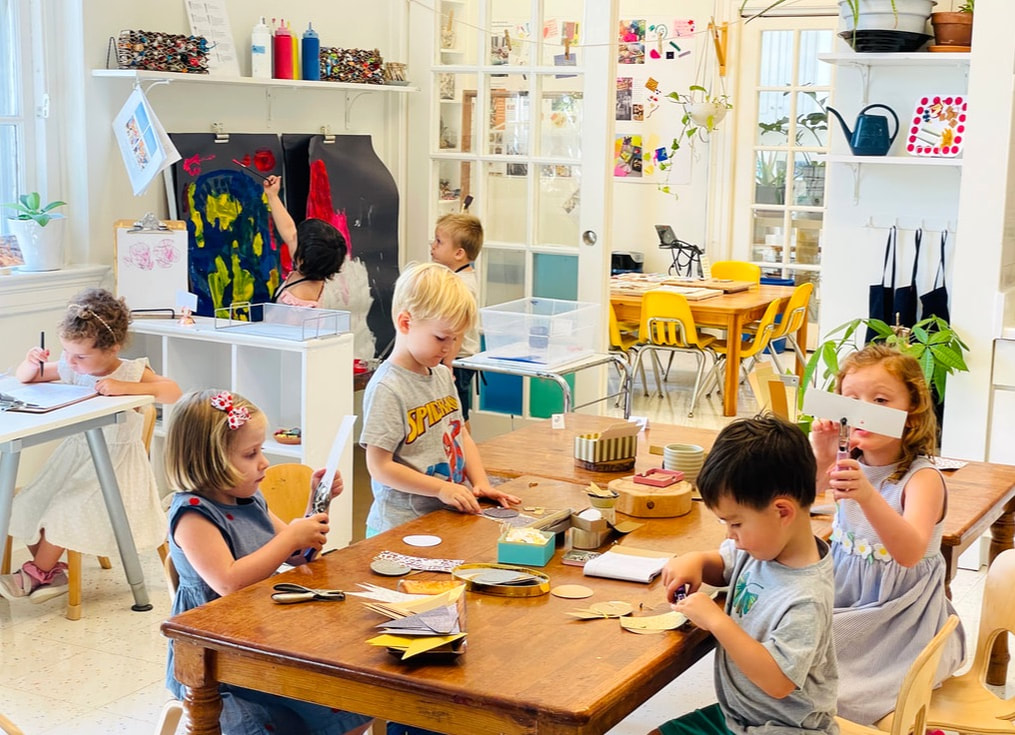
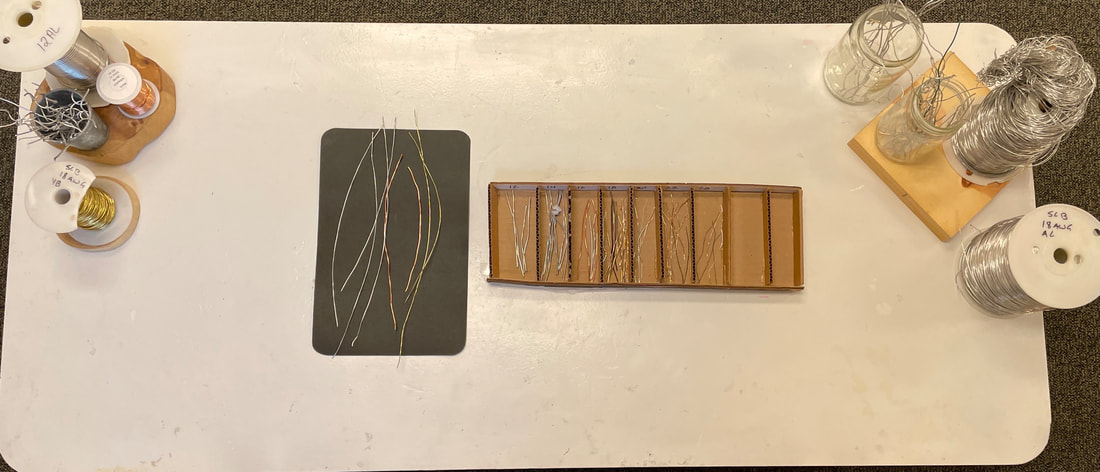
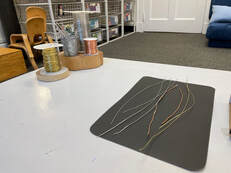
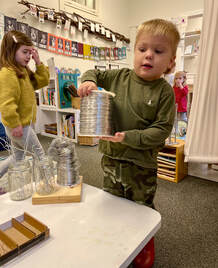
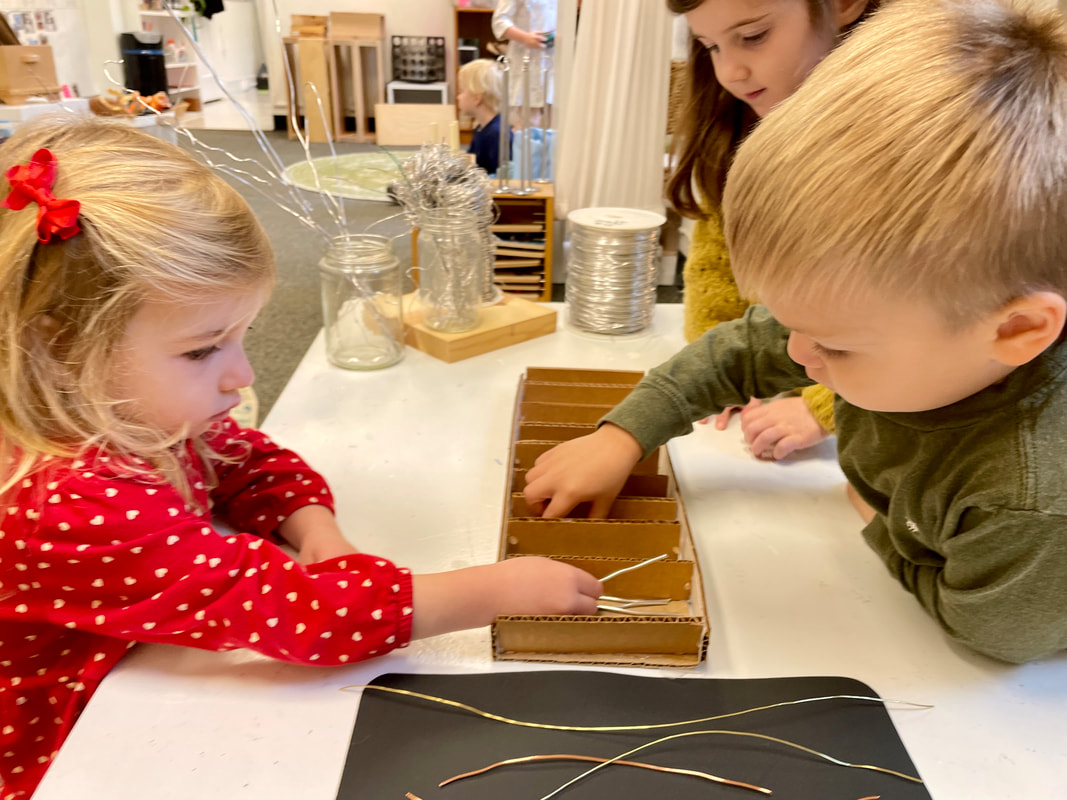
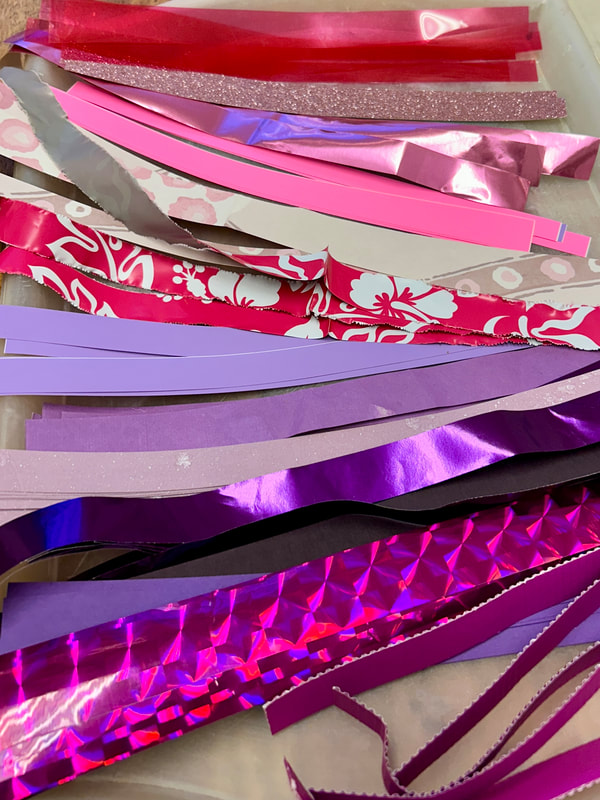
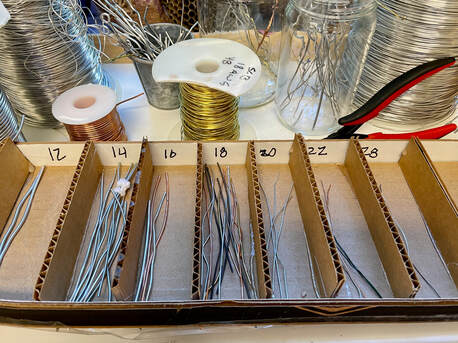
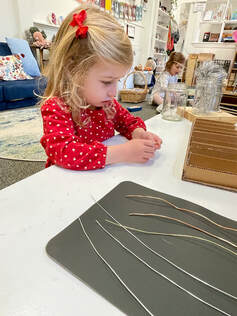
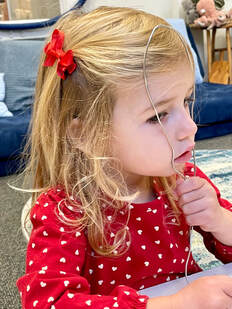
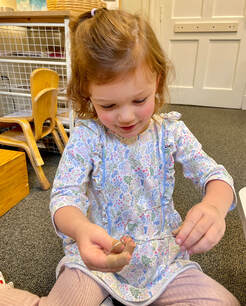
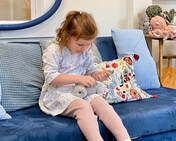
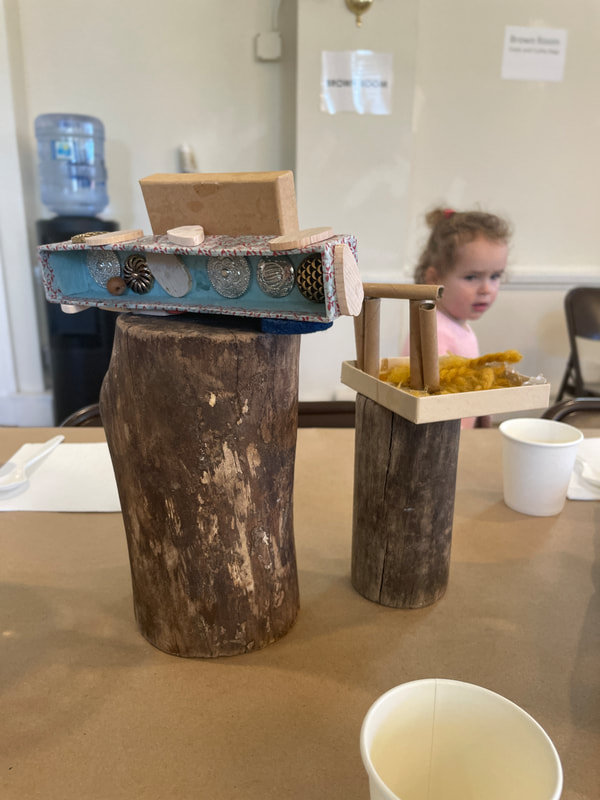
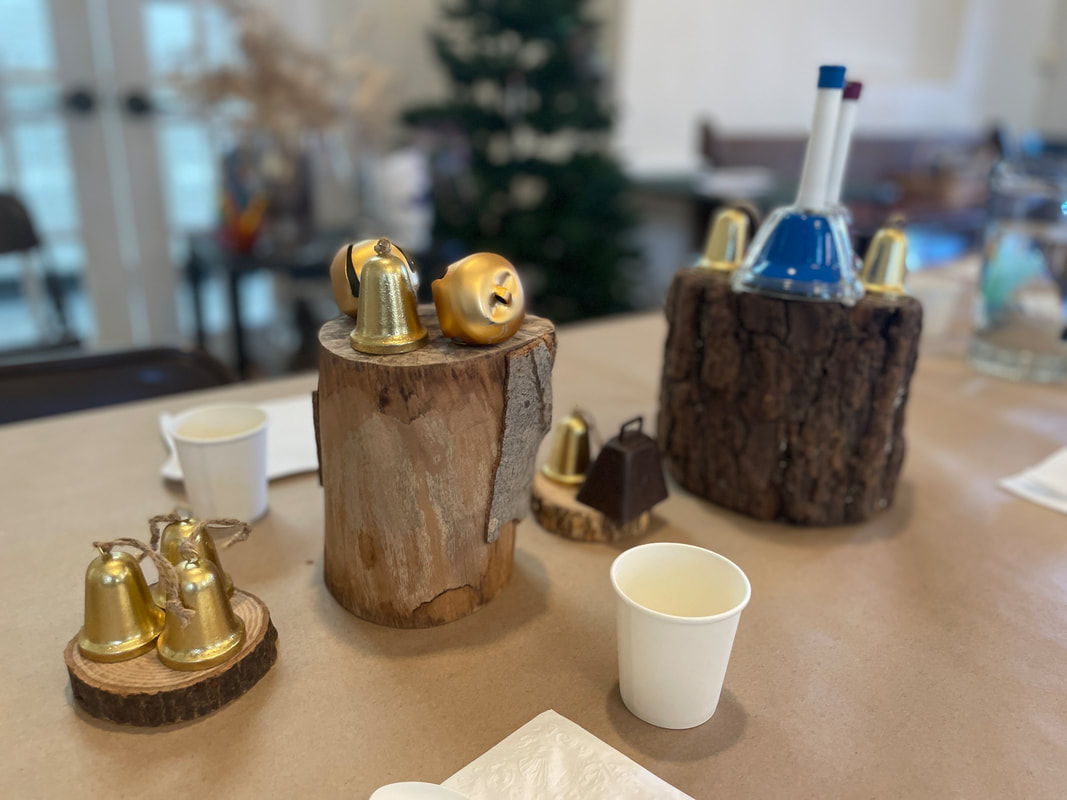
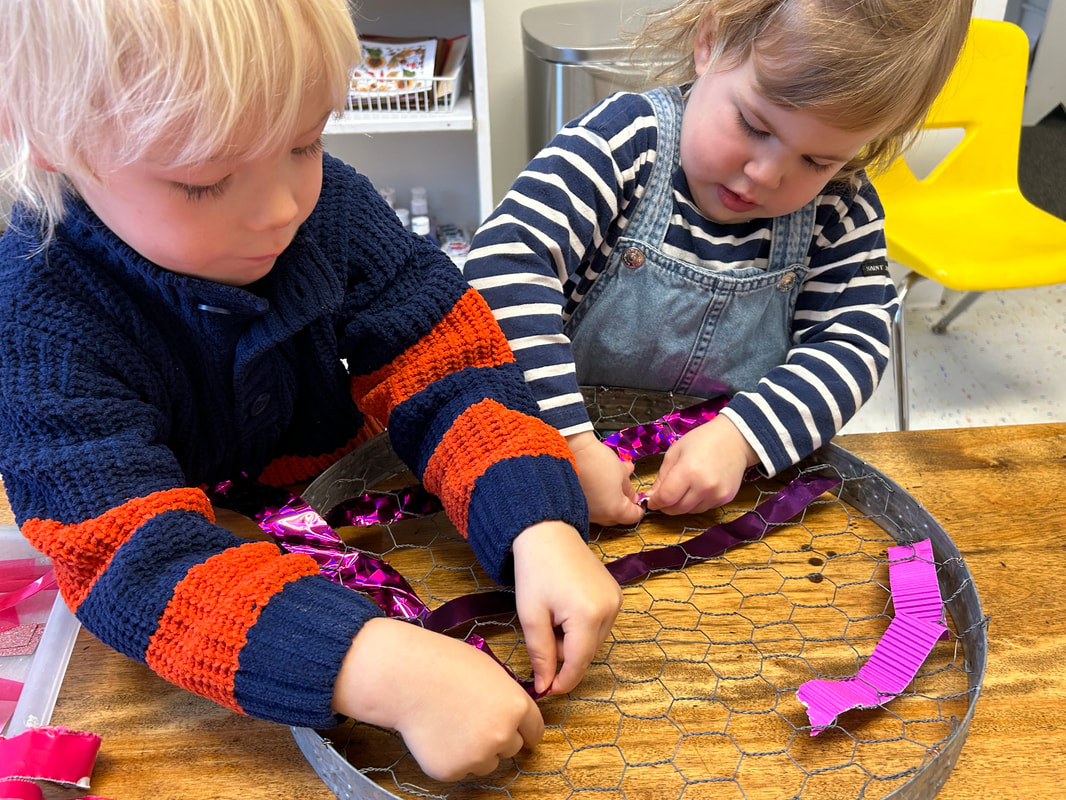
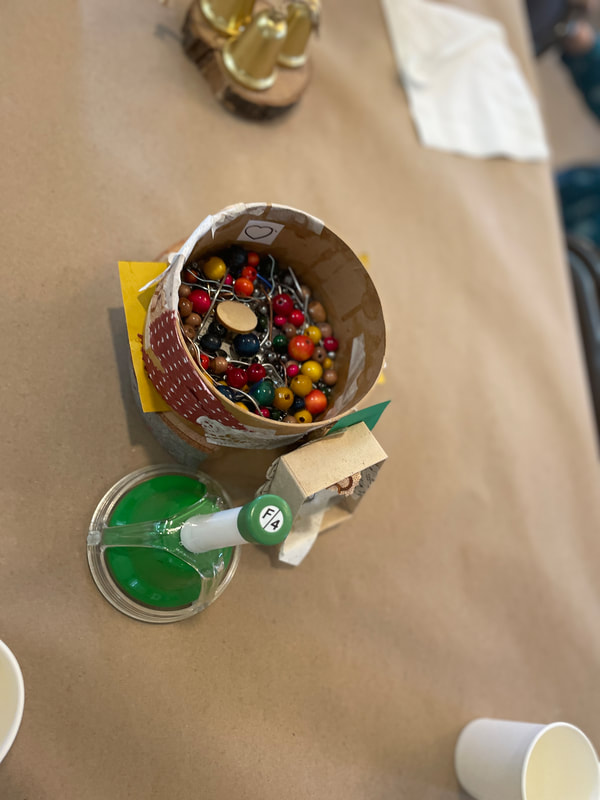
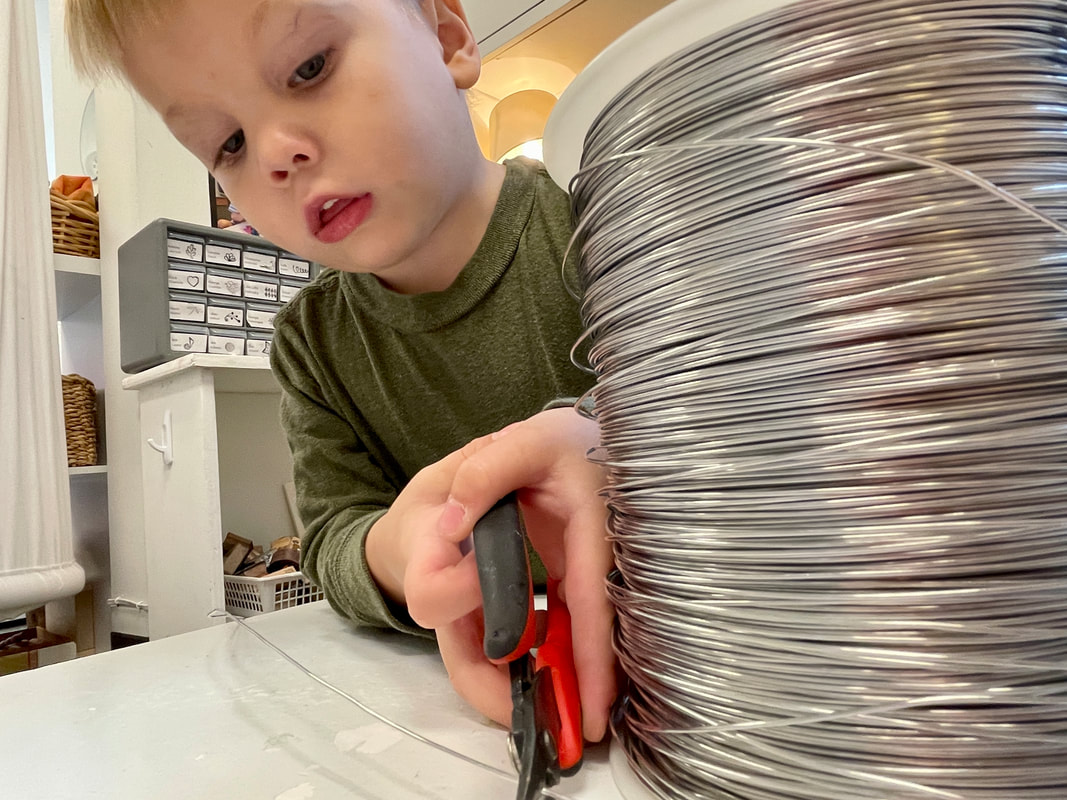
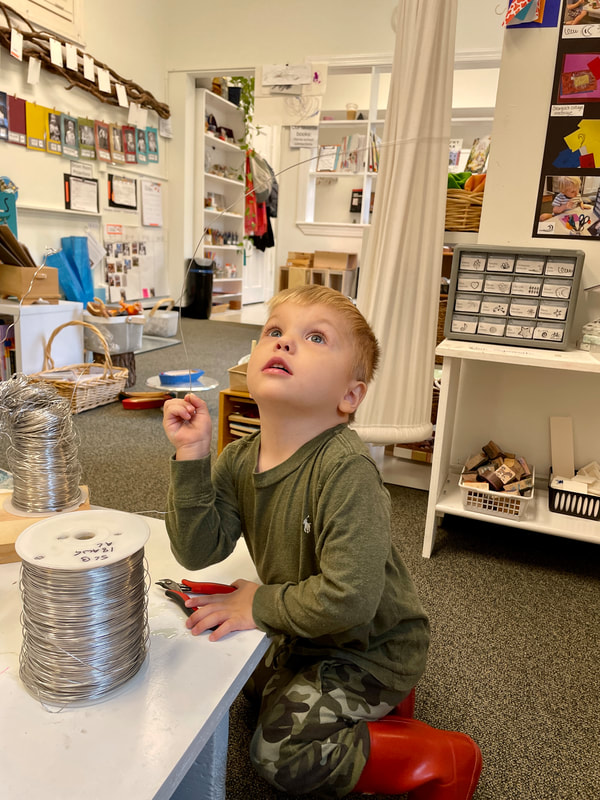
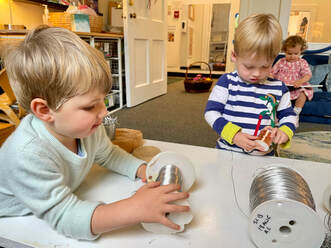
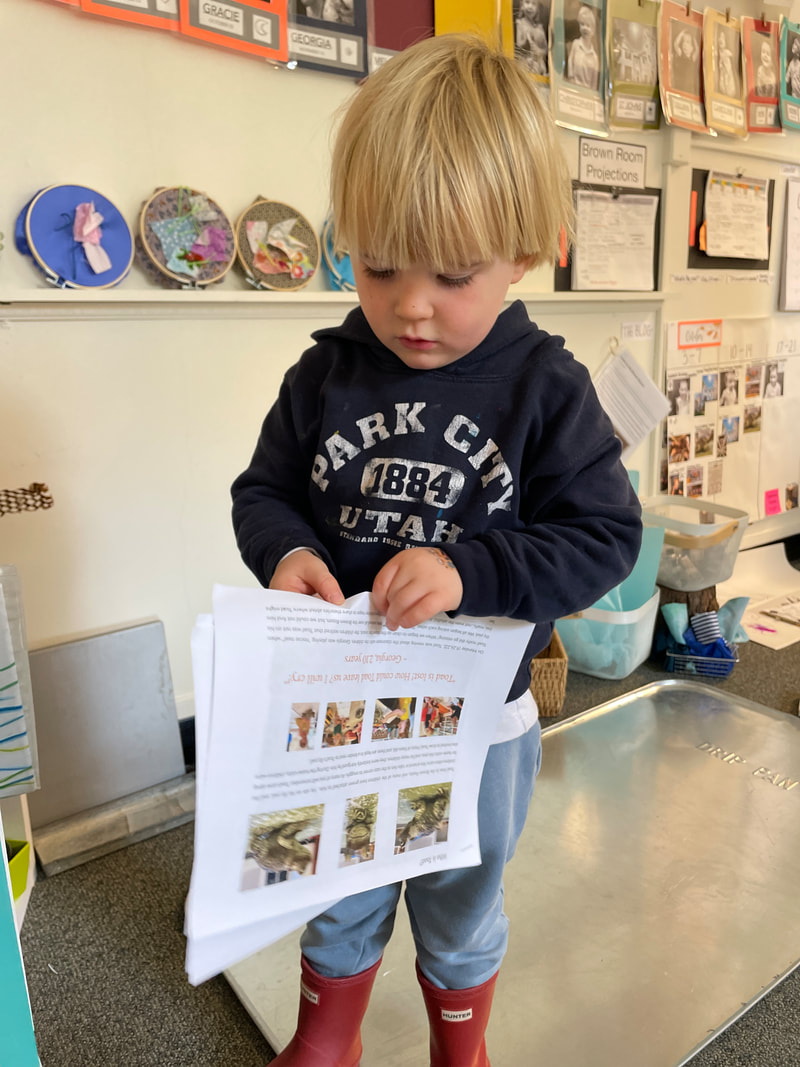
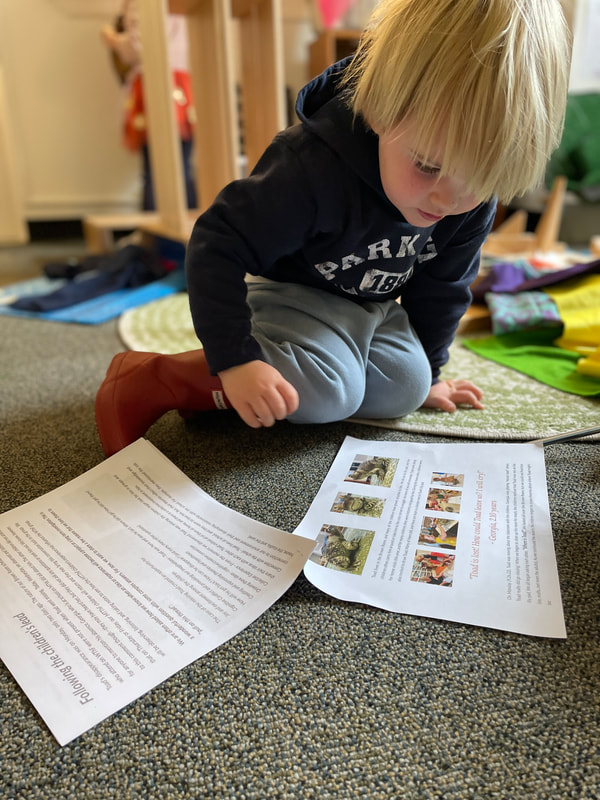
 RSS Feed
RSS Feed